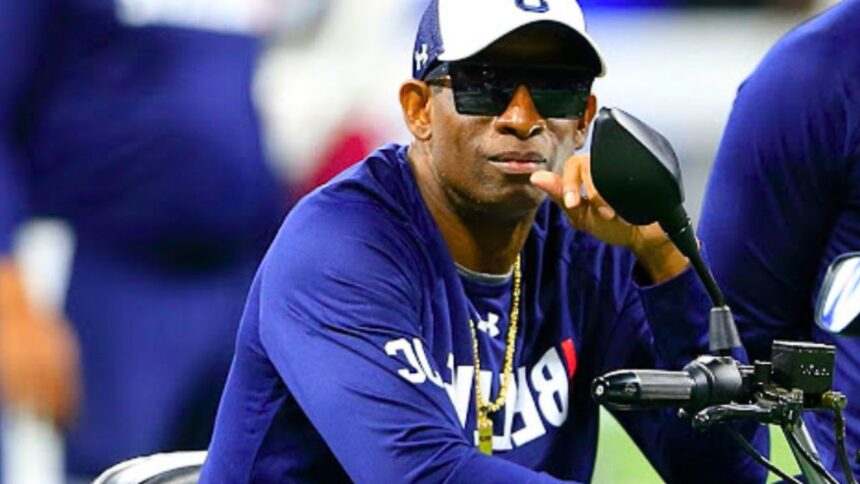In a groundbreaking turn of events, the NCAA and Power Five conferences have ushered in a new era for college athletes with a historic settlement that dismantles the longstanding amateurism model. Under the terms of this unprecedented agreement, student-athletes are now entitled to receive compensation directly from their schools, utilizing funds provided by the NCAA. The culmination of the House v. NCAA class-action lawsuit, this settlement represents a seismic shift in collegiate sports, pending the approval of a federal judge which could take several months.
This monumental settlement comprises two pivotal components. Firstly, a staggering $2.75 billion will be allocated to compensate athletes who were active before the Name, Image, and Likeness (NIL) opportunities emerged in July 2021. Secondly, a revenue-sharing paradigm has been established, empowering schools to distribute $20 million among their athletes. However, lurking beneath this financial windfall lies the specter of inequality and discord.
Renowned coach Deion Sanders, affectionately known as Coach Prime, has long harbored reservations about the ramifications of paying college athletes. In a candid Instagram video, Sanders highlighted the potential pitfalls, illustrating a scenario where a receiver could earn $1 million, eclipsing the salaries of coaching staff members. This stark disparity, according to Sanders, risks fracturing team unity and dampening morale, a sentiment echoed by many within collegiate sports circles.
View this post on Instagram
Sanders’ apprehensions are not unfounded. The disparity in pay among athletes could sow seeds of discontent and breed animosity within teams. With the NCAA and Power Five now committed to disbursing funds directly to student-athletes, critical questions loom large. How will payment be allocated? Will there be gender parity in compensation? These pressing concerns demand swift and equitable solutions.
Matt Mitten, a distinguished professor of sports law at Marquette University, underscores the complexity of these unresolved issues, emphasizing that “The settlement is just the start.” Reports indicate that football and basketball players are poised to benefit the most from these financial changes, given the substantial revenues generated by the NFL and NBA. However, the allocation of funds remains at the discretion of individual schools, potentially leading to disparities in compensation across the collegiate landscape.

Attorney Mit Winter further elucidates this point, noting that “It’s going to be up to each school to decide how they’re going to distribute that $20 million.” This decentralized approach underscores the need for prudent financial management by coaches and administrators. Striking a balance between rewarding performance and fostering team unity will be paramount in navigating this uncharted terrain.
As collegiate athletics embark on this transformative journey, stakeholders must remain vigilant in safeguarding the interests of student-athletes. Regulatory frameworks and heightened awareness will be essential in ensuring that this newfound financial freedom enriches the collegiate experience rather than engendering discord. The road ahead is fraught with challenges, but with collaborative effort and sound governance, college sports can emerge stronger and more inclusive than ever before.




